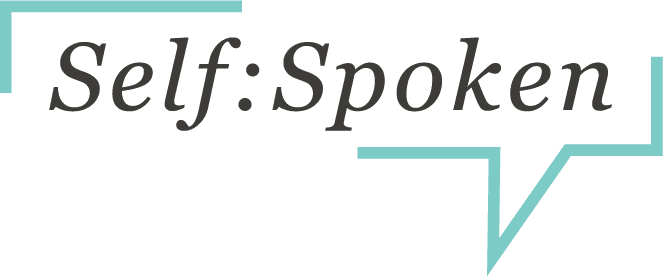🎥 [Watch the 2-minute video below] to learn two quick, game-changing shifts that can instantly elevate your presence—without memorizing a script or becoming someone you’re not.
You may have heard the stat: 93% of communication is nonverbal—meaning your tone and body language speak louder than your words, especially when the stakes are high.
So if you’ve ever walked out of a meeting thinking, “Why didn’t that land the way I meant it to?”—you’re not alone.
Here’s what’s really going on:
When we’re nervous or unsure how something will land, our bodies slip into self-protection mode. We shrink. We tense. We rush. We overthink.
The good news?
These patterns aren’t personality flaws—they’re habits. And they’re totally shiftable.
Below, I’ll walk you through two subtle shifts that can help you show up with more calm, clarity, and credibility—starting now.
👇 Keep reading for the key takeaways and simple ways to practice.
🧠 Why Your Body Language and Tone Matter More Than You Think
When tension hijacks your nervous system, it doesn’t just feel uncomfortable—it sends signals to your listeners that you’re unsure, distracted, or lacking confidence. Even if your words are spot-on, your delivery may be telling a different story.
Let’s break down what to pay attention to—and what to shift.
1. BODY LANGUAGE: Take Up Space, Release Tension
We’re evolutionarily wired to protect ourselves when we feel vulnerable. Which is why, when we’re nervous, we tend to:
- Shrink our posture
- Speak from a tense throat instead of relaxed belly and a supportive diaphragm
- Sit on our hands or fidget unconsciously
Strategies to Practice:
- Sit or stand taller. Gently elongate your spine and soften your chest.
- Use your hands when you speak—keep them low in front of your center, but let them open up and engage whoever you’re speaking to.
- Scan for tension in your shoulders, jaw, fingers, and belly. Then release it. (Yes, even mid-meeting!)
💡 Pro Tip: I tell my clients in The Confident Communicator to imagine they’re sliding into a hot tub before speaking. It sounds silly, but the visual helps you release unnecessary tension and settle into a more grounded state—fast.
2. TONE: Speak with Intention, Not Just Information
So many of us default to a tone that’s overly pleasing, hesitant, or rushed. Not because we’re bad at communicating, but because we’ve been conditioned to avoid being misunderstood, dismissed, or seen as “too much.”
When we’re more focused on not messing up than on what we want to convey, our tone suffers.
Vocal Habits to Build:
- Forget the words for a moment. Instead, ask yourself:
- What role am I playing in this moment? (Leader? Coach? Collaborator?)
- What’s my intention? (To reassure? To inspire? To energize?)
- What role am I playing in this moment? (Leader? Coach? Collaborator?)
- Speak from that intention—let it color your tone and pace.
- Let go of trying to prove yourself. Focus instead on how you want to make others feel as you speak.
💬 Monica, one of my Confident Communicator clients, told me:
“Getting intentional with my tone has led to less pushback, less spiraling, and way more clarity and ease when presenting or navigating tough conversations.”
💛 Why These Communication Strategies Matter Beyond Work
When your body language and tone reflect your intention—not your fear—you create space for deeper connection. You don’t need to “perform” confidence to earn trust. You just need to anchor into your presence.
That’s what helps people feel safe, engaged, and open with you—whether you’re leading a meeting, having a hard conversation, or tucking your kid into bed.
Because the goal isn’t to sound “perfect.”
It’s to sound like you believe yourself.
And that starts with learning to tune in—to your body, your tone, and your purpose.
You already have natural superpowers that can help you speak more confidently!
Answer a few key questions to learn what kind of communicator you are + get instant access to a personalized playbook that will teach you how to leverage your gifts and elevate your skills even further!
👉 Click here to take the quiz now
Because you don’t need to change who you are. You just need to understand your unique voice and build skills to help you trust it.
Love,
Brenne

Why You Rush, Ramble, or Freeze When Speaking—And How to Find Your Voice Under Pressure
Ever walked out of a high-stakes meeting or presentation thinking, “Why did I say all that?” Or worse—“Why didn’t I say anything at all?”…
Do you ever get frustrated when you find yourself not speaking up in meetings or missing opportunities due to fear of not saying the…
Whether you’re presenting in a meeting or pitching something to a client, try giving them your BLUF. How to give your BLUF so your…



